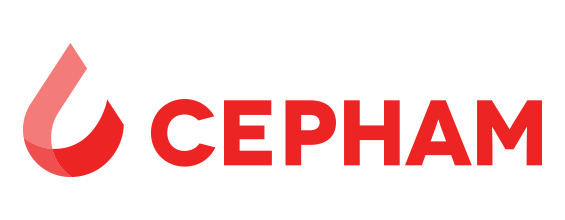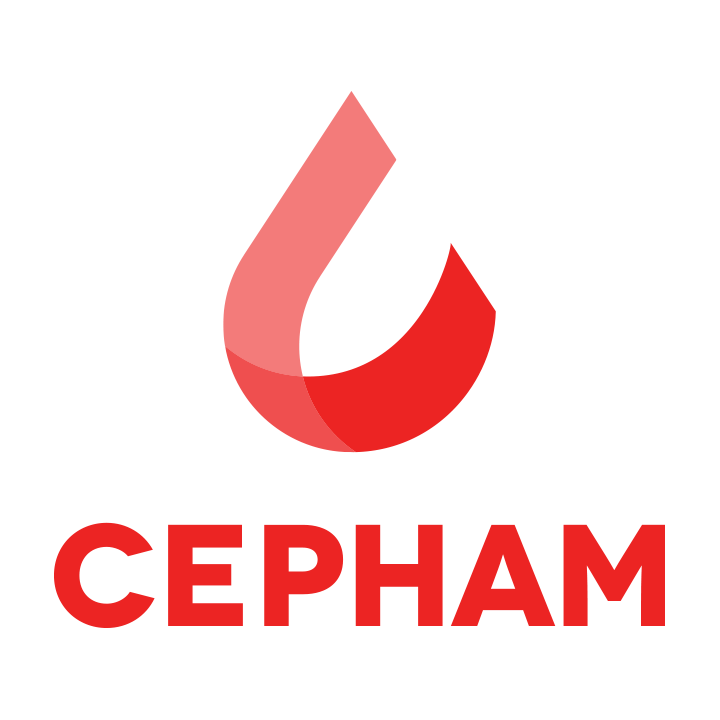Caffeine was obtained from tea leaves and coffee beans a hundred years ago. However, our world’s insatiable desire for it has grown tremendously since then. To keep up with the high demand and produce more significant quantities of pure caffeine cost-effectively, Monsanto began producing the precious stimulant for Coca-Cola back in 1905 at its St Louis lab. This strategic cooperation between two mighty giants served as a strong foundation upon which both entities would build their legacies over time – forming one of today’s most influential multinationals!
As the Second World War raged across Europe and Asia, an unlikely battle took place on a different front: over America’s taste in caffeine. With Giant Soda Companies (GSCs) enjoying immense popularity among GIs during wartime, US manufacturers were struggling to keep up with demand – even as companies from Taiwan and Brazil joined the fray. GSC was determined to ensure every soldier had access to a refreshing caffeine boost – at an accessible price, of 5 cents, delivered. As such, GSC1’s plan paid off tenfold as it became immensely popular with GIs, and 10 billion bottles were consumed during this time alone! This influence extended beyond wartime as many soldiers held onto their newfound preference for decades after, providing fuel not only on foreign battlefields but also in American homes across the nation.
The US soft drinks industry is highly dependent on synthetic caffeine, with GSCs requiring more than 2 million kilograms a year for their beverages alone. In total, America imports up to seven million kilos of artificial caffeine every twelve months – enough to jolt your system several times!
In 1942, the Nazis researched and produced the first synthetic caffeine by combining urea with chloroacetic acid. By 1953, two major American companies had joined this trend of technological innovation and established factories for mass production in the United States.
Fast-forward to the present day, and instead of creating its own synthetic caffeine, the United States has adopted a “buy from abroad” policy to satisfy its citizens’ need for an extra energy boost. This shift in production to China has changed global dynamics and created interesting domestic and international consequences.
The caffeinated world is shifting east. Three Chinese factories are the powerhouse behind 4 million kilograms of synthetic caffeine being shipped to America yearly – most coming from Shijiazhuang, an economically booming yet heavily polluted industrial city in Hebei province. But who knows? The energy drinks industry has kept mum about this information, and its labels must capture the unique story these mega factories have created for us all! Company 1 (we need not name it) is the king of them all – producing 1.8 million kg annually for US customers alone!
Despite numerous European Directorate for Quality of Medicines and Healthcare attempts to inspect Chinese caffeine factories on behalf of the EU, Company 1 continually denied their requests. By 2013, alarming implications began to surface as four out of 5 leading manufacturers had lost their license to export synthetic caffeine products into Europe. Sadly, this lack of international oversight is not limited to China – with no apparent inspections conducted in America either! When left unchecked like this, it creates a concerning environment where corners can (and will be) cut when seeking cost-saving options rather than taking quality assurance measures seriously.
In the global caffeine industry, transparency is scarce. Recent FDA reports revealed shocking conditions in a Chinese plant that supplied GSCs — from rusting infrastructure to the absence of sanitation measures such as hairnets and gloves. The unsettling truth about this incident makes it clear that self-certification for foreign inspections can be disastrously dangerous, especially in countries with track records of food poisoning cases. With greater oversight from regulators, consumers can stay at risk far beyond their kitchen cupboards.

